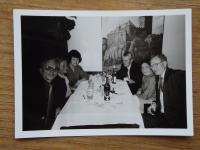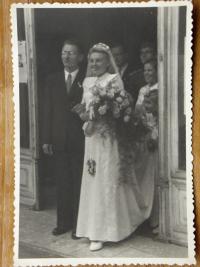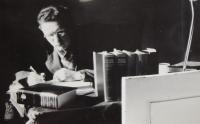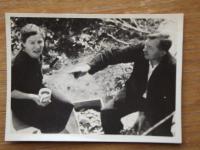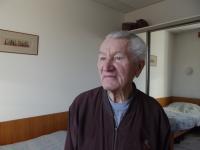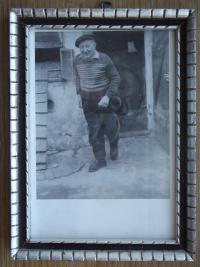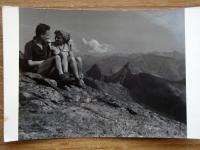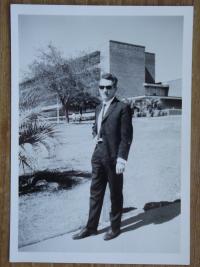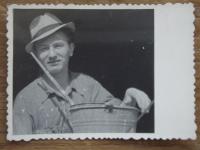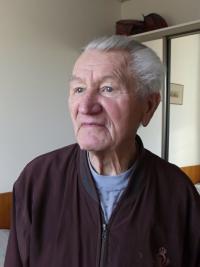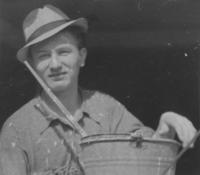I do not believe in the existence of God. I know it. Thanks to science

Stáhnout obrázek
Doc. Ing. Jan Šebenda, DrSc. was born June 22, 1927 in Duchcov He comes from a mixed Czech-German family. He was to be drafted to the wehrmacht, but he refused to swear allegiance to Adolf Hitler for which he was imprisoned. After the war he began to study under prof. Otto Wichterle at the Department of Organic Chemistry at the Czech Technical University in Prague. He graduated in 1951 and in the following years he worked as a lecturer at the University of Chemistry and Technology in Prague. In 1959 he started his career as a scientist in the newly founded Institute of Macromolecular Chemistry, whose establishment was closely connected with professor Wichterle. Jan Šebenda worked there until his retirement in 1990. He focused on basic and applied research of the synthesis of polymers, particularly of polyamides. His is the author of fifty patents and 160 scientific publications. His fundamental work is the book Comprehensive Polymer Science, published in 1989.
